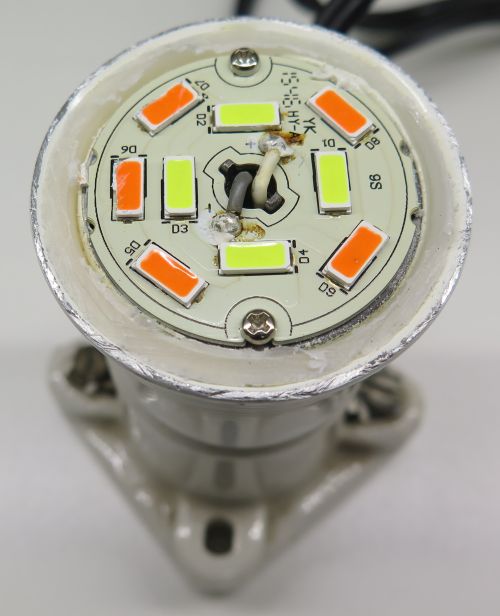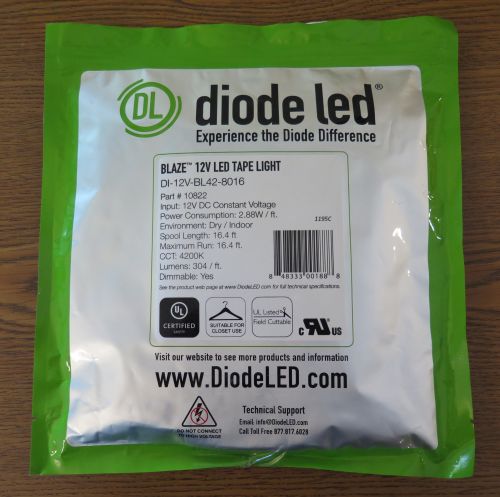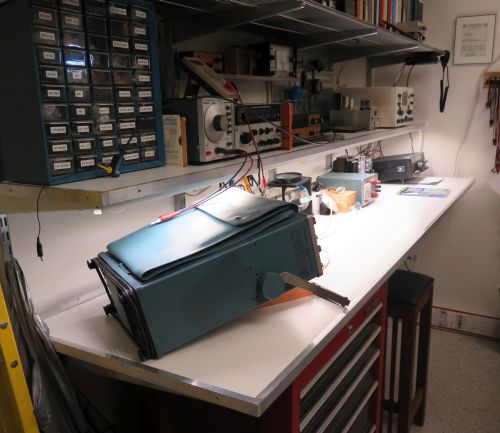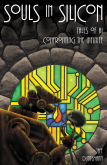Boy, writing this entry just felt good. I gotta do more of these…
- People are asking me what’s happening with Dreamhealer. (First chapter here.) I’m working with an artist on a cover. The ending needs a hair more editing, but after that it’s an afternoon’s work to lay out the ebook in Jutoh. I had intended to introduce it at LibertyCon mid-June. Lacking a LibertyCon, I’m now just intending to get it out as fast as I can.
- Are any of my ham friends (general or higher) interested in an experimental sked on the low bands? If so, where have you heard Phoenix? I usually try 20M before anything else, but if anybody’s got any heuristics, let me know somehow.
- Everybody (ok, every nerd) knows about the Carrington Event. Even I didn’t know that we had another one of those in May 1921. Although Carrington is more famous, by strictly objective measure (the disturbance storm time index, or Dst) the two solar storms were almost exactly alike. In both cases telegraph stations caught fire from currents induced in the wires, and a lot of telephone equipment (which wasn’t deployed in 1859) was destroyed in 1921 by the same induced currents. Damn, like I needed something else to worry about.
- I’ve backed a number of technologies before. Risky business. I backed Wi-Fi back in the early oughts and won big.I backed WiMAX and watched it swiftly and silently vanish away. I backed Powerline networking (now gathered under the umbrella term HomePlug) and lost but still use it. Here’s a good article on what happened to both WiMAX and HomePlug.
- One technology I haven’t backed yet is 5G mobile, which is finally getting some traction in the marketplace. My LTE phone works just fine, and I don’t stream video to my phone. (I have a big honking TV for that.) Where I think 5G is most promising is as competition to the mostly monopolist residential broadband providers. We have cable Internet here, and it’s…ok. If 4K (or God help us, 8K) video is to have a chance, it will be through the benefits of 5G, and not otherwise.
- Neil Ferguson’s computer model of the COVID-19 pandemic caused the UK’s lockdown. Now it comes out that the model was a good design with a trash implementation. (This from a computational epidemiologist, who just might know a crap pandemic model when he sees one.) Imperial College refuses to release the original model’s code and is making stupid excuses why not. A fragmentary and much-jiggered source code suite is now available on Github, and includes things like a global variable struct with 582 fields. (And lots more global variables.) Uggh. Her Majesty should demand her people’s money back.
- A San Diego County supervisor stated that only six of 194 recorded coronavirus deaths were actually caused by the virus. The others died with the virus, but according to the supervisor, not of it. Yes, yes, I know, it’s not either-or. COVID-19 can push an elderly heart or cancer patient over the edge. Still, we need solid numbers on how deadly this thing is, and for that we have to back out the count of people who were already dying of other things.
- Here’s a good example: A Colorado man died of alcohol poisoning. (0.55%, when the supposedly lethal threshold is 0.3%.) He was tested for coronavirus and found to be carrying it. So he was listed as dying of COVID-19. He had no comorbidities, beyond enough booze to kill a middling elephant.
- The county I grew up in now has more COVID-19 cases than any other county in the US. Good ol’ Cook County, Illinois. I guess we got out in time.
- In good news locally, Taiwan Semiconductor Manufacturing Co. is announcing plans to build a $10B plant in Arizona. Is it possible that those jobs are coming back? (Sorry, Steve.)
- Now that we’re all obliged to wear masks, it was inevitable: Gait recognition technology is in development. It uses deep learning and sensors in the floor. This is more than a little creepy, granting that we once said that about face recognition as well. I recall a friend (now deceased) telling me in 1976 that “You walk as though you’re on your way to kill something.” (That was partly ROTC marching and partly the need to walk fast from one busted Xerox machine to another in downtown Chicago.) Maybe I should buy a scooter.

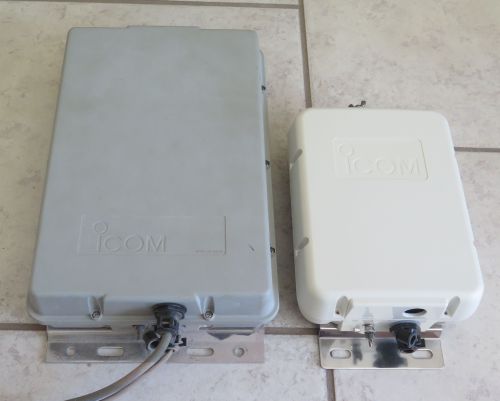
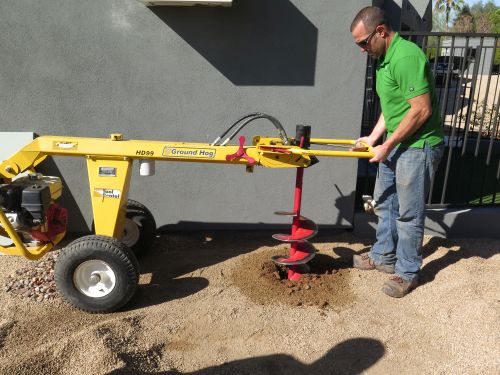

 I had done the math on the volume of the hole and the density of bentonite clay, and calculated that I would need four 50-pound bags of bentonite powder. I bought it from a drilling supplies firm on the west side, for $8 a bag. (Bentonite has many uses, and one common use is borehole mud.) Some people mix a bentonite slurry in a wheelbarrow and then tip the slurry into the hole, but I didn’t have a wheelbarrow. What I did is fill the hole by pouring in a layer (3″ or so) of bentonite powder, and then wetting it with water in which I had dissolved ten pounds of Epsom salts. I stirred the goop a little with a metal rod to make sure all the powder got wet.
I had done the math on the volume of the hole and the density of bentonite clay, and calculated that I would need four 50-pound bags of bentonite powder. I bought it from a drilling supplies firm on the west side, for $8 a bag. (Bentonite has many uses, and one common use is borehole mud.) Some people mix a bentonite slurry in a wheelbarrow and then tip the slurry into the hole, but I didn’t have a wheelbarrow. What I did is fill the hole by pouring in a layer (3″ or so) of bentonite powder, and then wetting it with water in which I had dissolved ten pounds of Epsom salts. I stirred the goop a little with a metal rod to make sure all the powder got wet.
